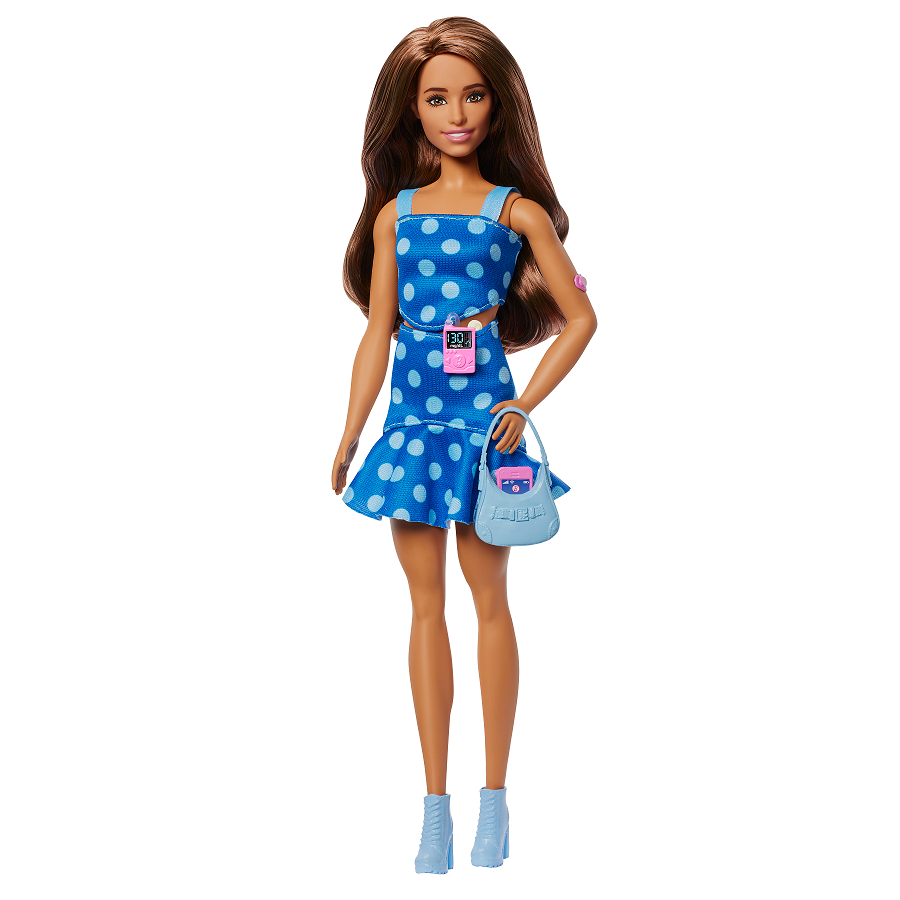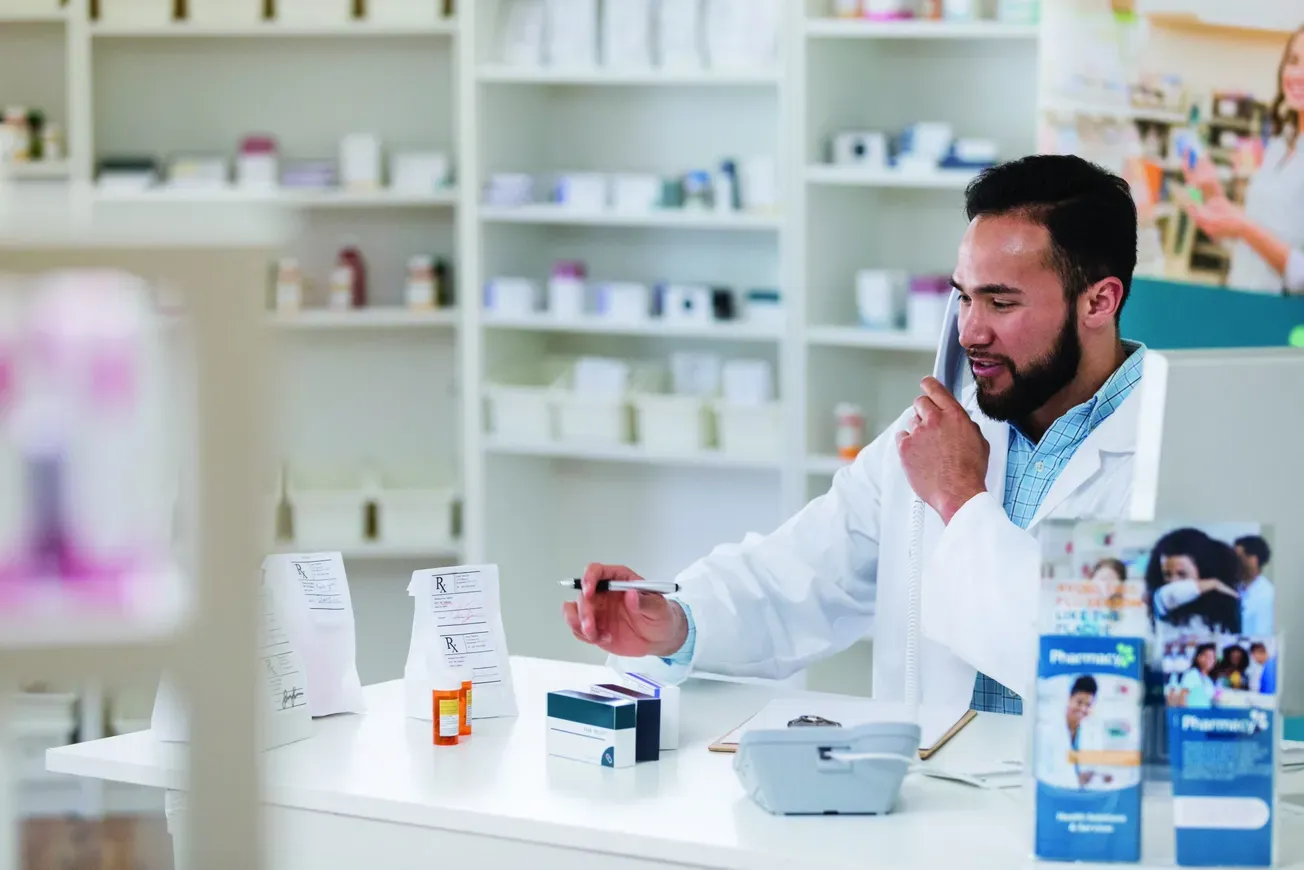EL SEGUNDO, Calif. – Mattel announced today that Barbie is debuting the first Barbie doll with type 1 diabetes (T1D). This addition to the line enables more children to see themselves reflected in Barbie and encourages doll play that extends beyond a child’s own lived experience, thereby fostering a greater sense of inclusion and empathy – all pillars of the Barbie brand’s mission.
“Introducing a Barbie doll with type 1 diabetes marks an important step in our commitment to inclusivity and representation,” said Krista Berger, senior vice president of Barbie and Global Head of Dolls. “Barbie helps shape children’s early perceptions of the world, and by reflecting medical conditions like T1D, we ensure more kids can see themselves in the stories they imagine and the dolls they love.”

To ensure the doll design truly captures the community, Barbie partnered with Breakthrough T1D (formerly JDRF), the leading global type 1 diabetes research and advocacy organization committed to accelerating life-changing breakthroughs to cure, prevent, and treat type 1 diabetes and its complications. T1D is a chronic autoimmune condition that causes the pancreas to make very little insulin or none at all, leading to dependence on insulin therapy and the risk of short and or long-term complications. Barbie worked closely with Breakthrough T1D to accurately reflect the medical equipment those with this condition may utilize and the doll’s look, all the way down to the dress pattern:
- Continuous Glucose Monitor (CGM): The doll wears a CGM on her arm to help manage her type 1 diabetes. CGMs are small, wearable devices that continuously measure a person’s blood-sugar levels.To keep her CGM in place, she uses heart-shaped medical tape – Barbie pink, of course – along with a phone that displays a CGM app to help track her blood sugar levels throughout the day.
- Insulin Pump: Barbie has an insulin pump, a small, wearable medical device that allows for automated insulin dosing as needed, attached to her waist.
- Blue Polka Dot Outfit: The doll wears a stylish polka dot top and matching skirt with ruffles. Both the color blue and circle print are nods to the global symbols that represent diabetes awareness.
- Purse: The doll comes with a pastel blue purse, perfect for Barbie to carry any essentials, such as type 1 diabetes supplies or snacks, when she’s on the go.
“We were thrilled when Barbie approached us to collaborate on the development of the Barbie doll with type 1 diabetes,” said Aaron J. Kowalski, Ph.D., CEO of Breakthrough T1D. “I have lived with T1D since I was 13, and my brother since he was 3, so this partnership is deeply personal – it means the world to be part of bringing greater visibility to a condition that affects so many families. It’s an honor to work with a brand that shares our commitment to showing children that a life with type 1 diabetes can be full, vibrant, and empowering.”
In continued partnership with Breakthrough T1D, Barbie donated dolls to the Breakthrough T1D 2025 Children's Congress. The biennial event, July 7-9, brings 170 children living with type 1 diabetes, ages 4-17, to Washington, DC, to meet face-to-face with members of Congress. The youth delegates travel to the nation’s capital from all 50 states and Breakthrough T1D’s international affiliates in the United Kingdom, Australia, Israel, the Netherlands, and Canada.
Barbie also honored two global role models and type 1 diabetes advocates – Peloton Instructor Robin Arzón in the US and model Lila Moss in the UK – with their own one-of-a-kind Barbie dolls. Arzón unveiled the new Barbie doll with type 1 diabetes and her one-of-a-kind Barbie doll at Peloton Studios NY on July 8th. Attendees and Members of the type 1 diabetes community were delighted to experience this first-of-its-kind unveiling moment.
“After being diagnosed with type 1 diabetes a decade ago, I've found a lot of purpose in advocating for people with the condition and educating others about it because knowledge is power – especially for young minds,” said Arzón. “It’s an absolute honor to receive a Barbie doll as a part of the brand’s efforts to grow awareness and representation surrounding type 1 diabetes, so that we can help show kids that all types of challenges give us all the more reason to push forward and achieve our dreams.”
Lila Moss says “I am proud to use my platform to educate around type 1 diabetes and show that being different is cool. Receiving messages from people who see my patches and feel represented means everything to me. To be able to now see Barbie dolls with T1D, and to receive a Barbie doll that visibly looks like me even wearing her patches, is both surreal and special.”
The Barbie Fashionistas line features more than 175 looks across various skin tones, eye colors, hair colors and textures, body types, disabilities, and fashion styles, including a Blind Barbie doll, a Barbie doll with Down Syndrome, and a Barbie doll with Hearing Aids, among others. In 2020, Barbie kicked off a multi-year study with researchers at Cardiff University on the short-term and long-term benefits of doll play. It has been found that doll play serves an incredible purpose during key developmental stages, as it may help set children on a course for success by fostering empathy and developing social skills needed to excel, all while imagining their futures on an equal playing field.
The 2025 Barbie Fashionistas dolls commit to a minimum of 50% ISCC-Certified bio-circular plastic (Mass Balance Approach), with all boxes made from FSC-certified materials. By incorporating ISCC-certified plastic into these dolls, Barbie aims to reduce reliance on fossil-based materials in support of a more circular economy.
The 2025 Barbie Fashionistas dolls, including the Barbie doll with Type 1 diabetes, are now available on Mattel Shop and at retailers nationwide.








